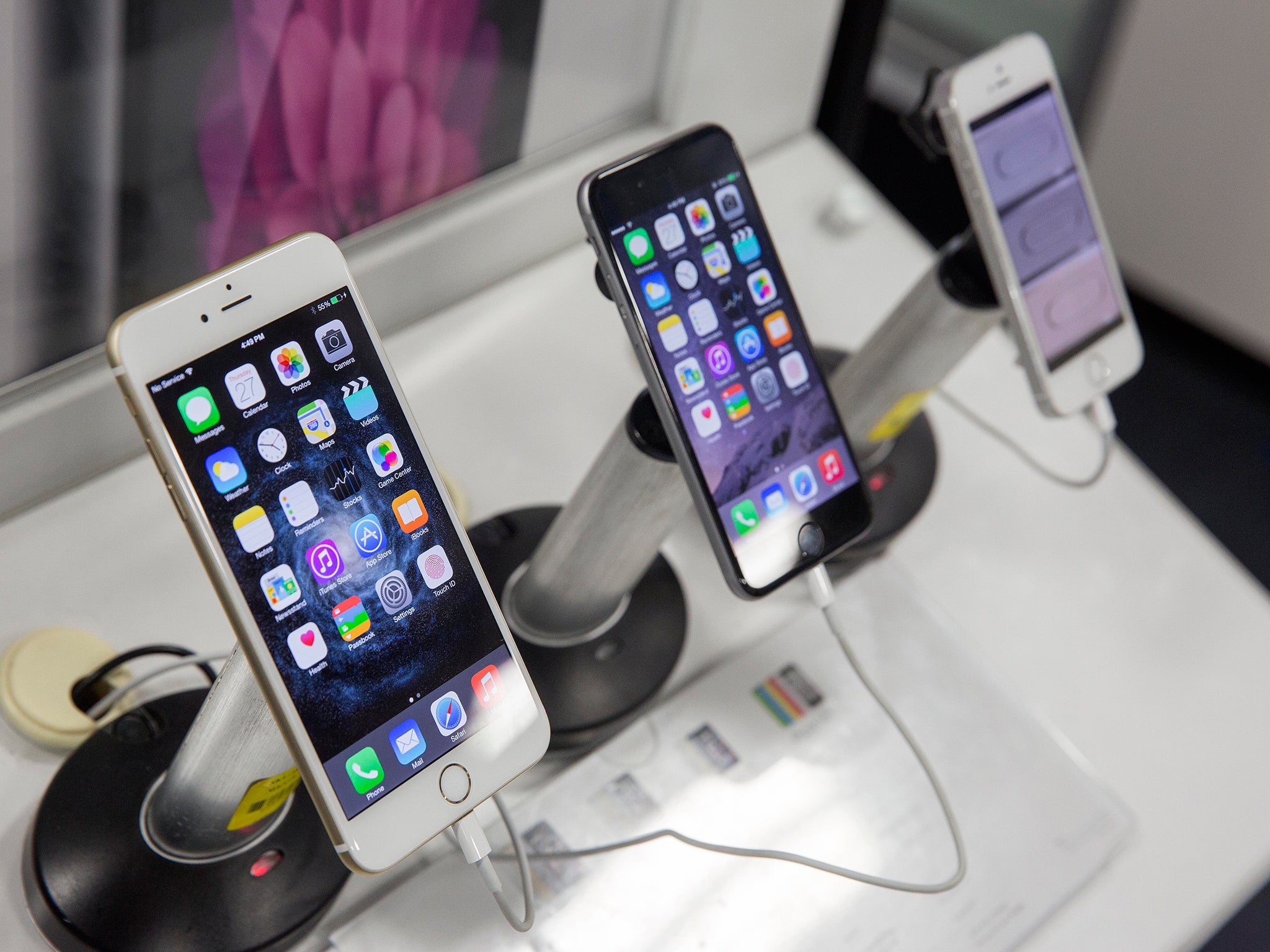iPhone 7: New technology could lead to larger batteries and faster Wi-Fi
The company has been working on coating all of the individual parts inside its phones, letting signals get through more easily and allowing more space for battery

Your support helps us to tell the story
From reproductive rights to climate change to Big Tech, The Independent is on the ground when the story is developing. Whether it's investigating the financials of Elon Musk's pro-Trump PAC or producing our latest documentary, 'The A Word', which shines a light on the American women fighting for reproductive rights, we know how important it is to parse out the facts from the messaging.
At such a critical moment in US history, we need reporters on the ground. Your donation allows us to keep sending journalists to speak to both sides of the story.
The Independent is trusted by Americans across the entire political spectrum. And unlike many other quality news outlets, we choose not to lock Americans out of our reporting and analysis with paywalls. We believe quality journalism should be available to everyone, paid for by those who can afford it.
Your support makes all the difference.Apple is introducing an obscure new technology into its next iPhones, which could lead to some of the most requested improvements on the handset, according to reports.
The new phones will have all of their parts individually shielded for electromagnetic interference, according to reports. That could allow the phones to better communicate with the outside world, as well as allowing for extra space to improve the phone’s battery life.
The company has been working hard to make the phones quicker to communicate with the world as well as longer-lasting between charges. But it has come up against technology problems in doing so, with battery efficiency causing a particular problem.
Now the company is rumoured to be using technology to allow extra space for battery and less interference between the parts, allowing them to use better cellular and Wi-Fi connections. The new technology allows it to use “more elaborate” chips that pack the parts together, since they can be more effectively shielded from interfering with each other.
Apple used the technique in the Apple Watch, which was released in April and is by far the smallest major device that Apple has released. Adding it to the iPhone could lead to some of the same advances, allowing it to shrink down the components of the phone and use the space for battery and other features.
Two Korean companies are looking after the shielding process on the new phones, and the reports have come from people close to those companies, according to the reports. None of the claims in the report are verified.
Join our commenting forum
Join thought-provoking conversations, follow other Independent readers and see their replies
Comments